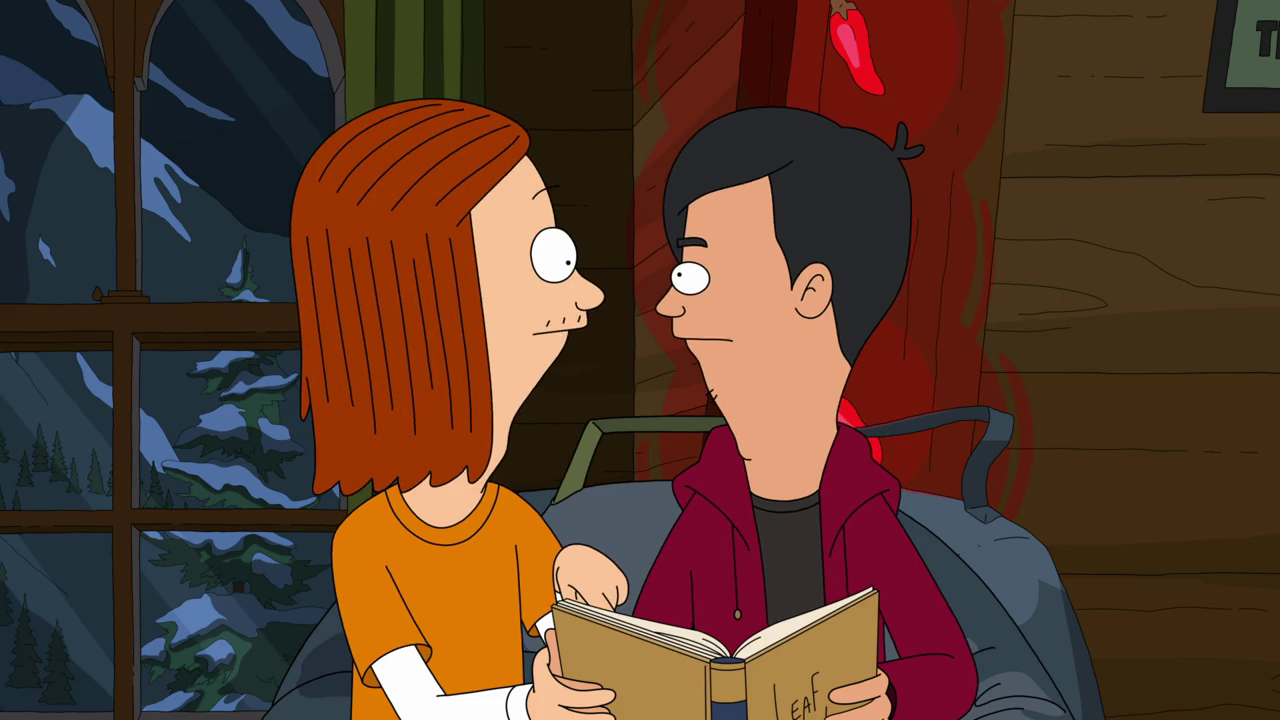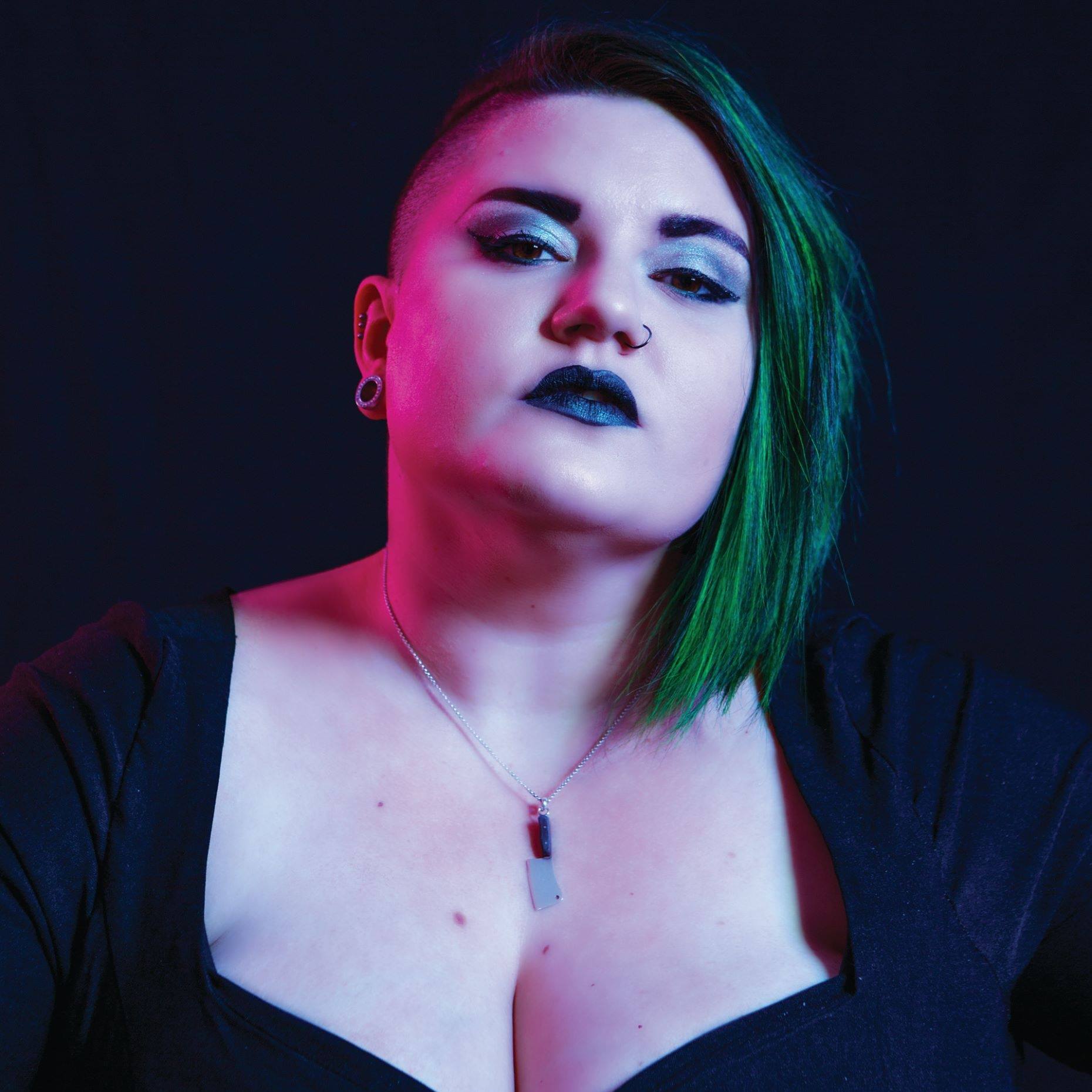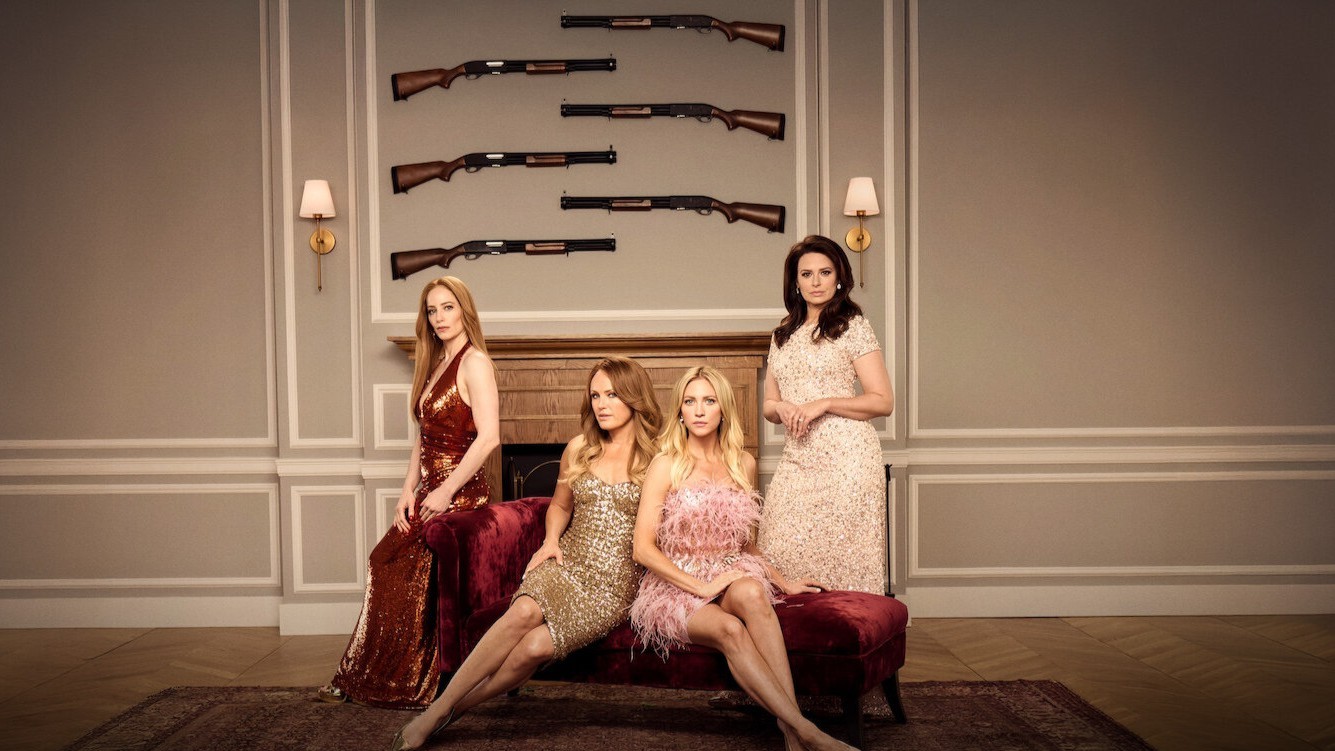The affirming queerness of Ham Tobin on ‘The Great North’
Despite having the most stereotypically masculine dad in animation, Ham Tobin is one of the most affirmed and loved queer characters on television just the way he is.

From the brilliant minds of Lizzie Molyneux-Logelin, Wendy Molyneux, and Minty Lewis, The Great North follows the adventures of the Tobin family from Lone Moose, Alaska. Single father, Beef, struggles to keep his motley crew of children close to him, sometimes to an overbearing extent. One of Beef’s greatest fears is that his daughter Judy, who has a deep affinity for things artistic and glamorous will want to leave their world of fishing and working in the rugged outdoors, which makes his unwavering support of his out and proud gay son, Ham, all the more endearing to see.
Much like David Rose of Schitt’s Creek fame, Ham (Paul Rust) is introduced in the world of The Great North as already out and proud. His gayness is just one aspect of his identity, and not the defining trait of his character. He’s incredibly absent-minded and frequently does things immediately after being told not to, and is arguably the most optimistic member of the Tobin family. He’s “Alaskan twins” with his younger sister Judy, (meaning they are only nine months apart in age) which has forged a powerful bond between the two. Compared to oldest brother Wolf and youngest brother Moon, Ham and Judy are the two least like their father Beef, but loved regardless.
For far too long, film and television has used queer characters as running punchlines are tragic vessels for drama. Queer characters are seldom allowed to just exist without being some sort of symbol or catalyst for the character development of the series’ straight leads. Ham Tobin is just a weird teenage boy who just happens to be gay. The Great North is constantly playing with gendered expectations, especially considering patriarch Beef Tobin is voiced by real life lumbersexual Nick Offerman, a man considered by a lot of the American public to be “peak masculinity.” In the hands of lesser creators, Beef and Ham would be in constant conflict over Ham’s sexuality, but instead, it’s just part of what makes Ham such a lovable son.
Ham’s sexuality isn’t subtextual or ignored either, it’s still very much acknowledged throughout the series. The sixth episode of the debut season, “Pride & Prejudance Adventure,” centers on the Lone Moose tradition, the Thomas Wintersbone Memorial Ladies’ Choice Dance. As legend has it, Thomas Wintersbone was a teacher in the 1800s who fell in love with the school’s groundskeeper, Ruby, and was forced to survive outdoors in the snow for a year to prove he didn’t have an “indoor disposition” in order to marry her. After the marriage, Thomas had intended to build two identical next-door cabins because their love could not be contained by one cabin, but he died in the snow and Ruby spent the rest of her days living in one of the cabins with her “best friend,” Anne. Judy is thrilled to finally take part in the tradition and plans to invite her crush Crispin to the dance, but it becomes painfully obvious that Crispin is far more interested in her brother, Ham.
Completely blinded by the town’s legend of a “traditional love story” to see the budding romance between Ham and Crispin, a heartbroken Judy sees the two kissing at the dance, and Ham’s precious little empathetic heart tells Crispin he can’t be with him if it’s going to cause his sister harm. Judy storms out of the dance and comes face to face with a Thomas Wintersbone poster who comes to life (Leslie Jordan) and tells Judy the truth--that he and Ruby were both gay and were planning on marrying as a cover. The two cabins were for each of them to be able to live their truth, and after his death, the town came up with a story that was more palatable instead of having to admit that he died because he wasn’t allowed to live authentically.
Judy comes to a realization about what this means for her brother, and the brilliance of The Great North is that the emotional labor is not put upon Ham to teach her about his own happiness and how no amount of desire for a romantic legacy is going to make Crispin straight. When Ham finally approaches Judy to try and make things right, she stops him and tells him that she wants him to be happy and to be with Crispin. Despite being at the center of Judy’s disappointment, Ham is not obligated to take care of her emotional needs because he hasn’t done anything wrong. He and Crispin end up together, and Judy realizes she needs to go after someone because they have chemistry, not because it would make for an epic story.
The kiss Ham and Crispin share? It’s also likely the first portrayal on primetime animation in terms of an authentic gay kiss (meaning, not some joke moment on The Simpsons or Family Guy) featuring a series main character. Ham is gay--but he’s also a loving brother, a loyal son, a gifted baker, pure of heart, and awkward to the point of endearment. There’s a real comfort in the casualness of Ham’s sexuality, and even more knowing that he has a loving and a presentation that will hopefully start a trend across all forms of entertainment. Ham coming from a loving and supportive family shouldn’t be a breath of fresh air, but it is, and we can only hope that this de-stigmatized representation can inspire other families to be more like the Tobins.
The latest updates, reviews and unmissable series to watch and more!
BJ Colangelo is an award winning filmmaker and film analyst specializing in dismissed cinema and television. She writes about horror, wrestling, musicals, adult animation, sex and gender, kicking pancreatic cancer’s ass, and being a fat queer in places like Fangoria, Vulture, The Daily Dot, Autostraddle, Playboy.com, and a handful of books college students get assigned to read. She’s also the co-host of the teen girl movie podcast, This Ends at Prom, with her wife, Harmony.


